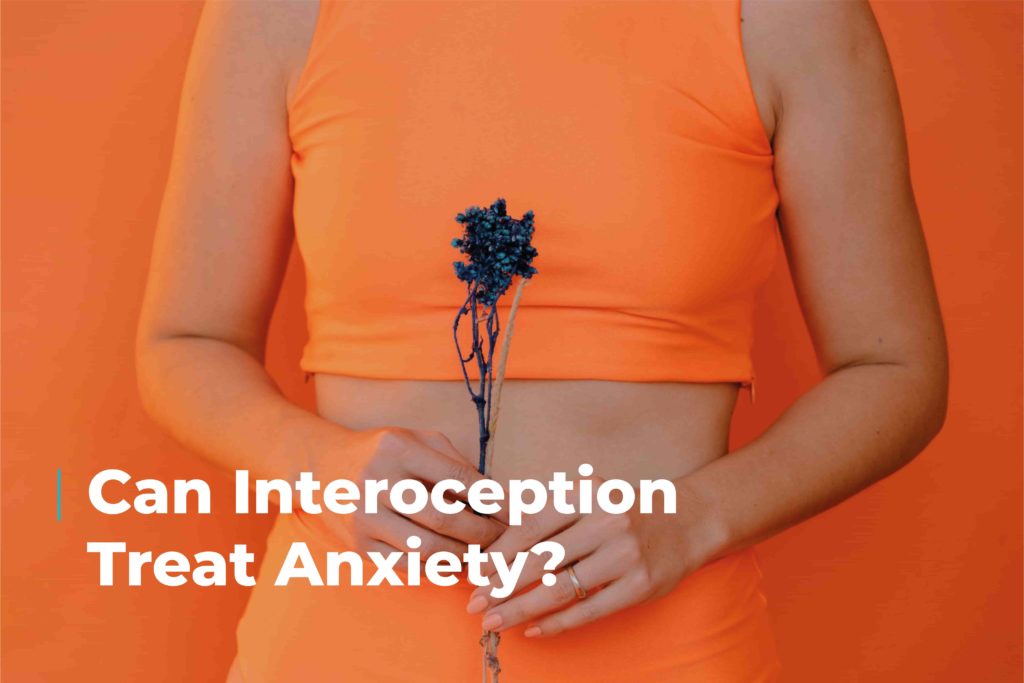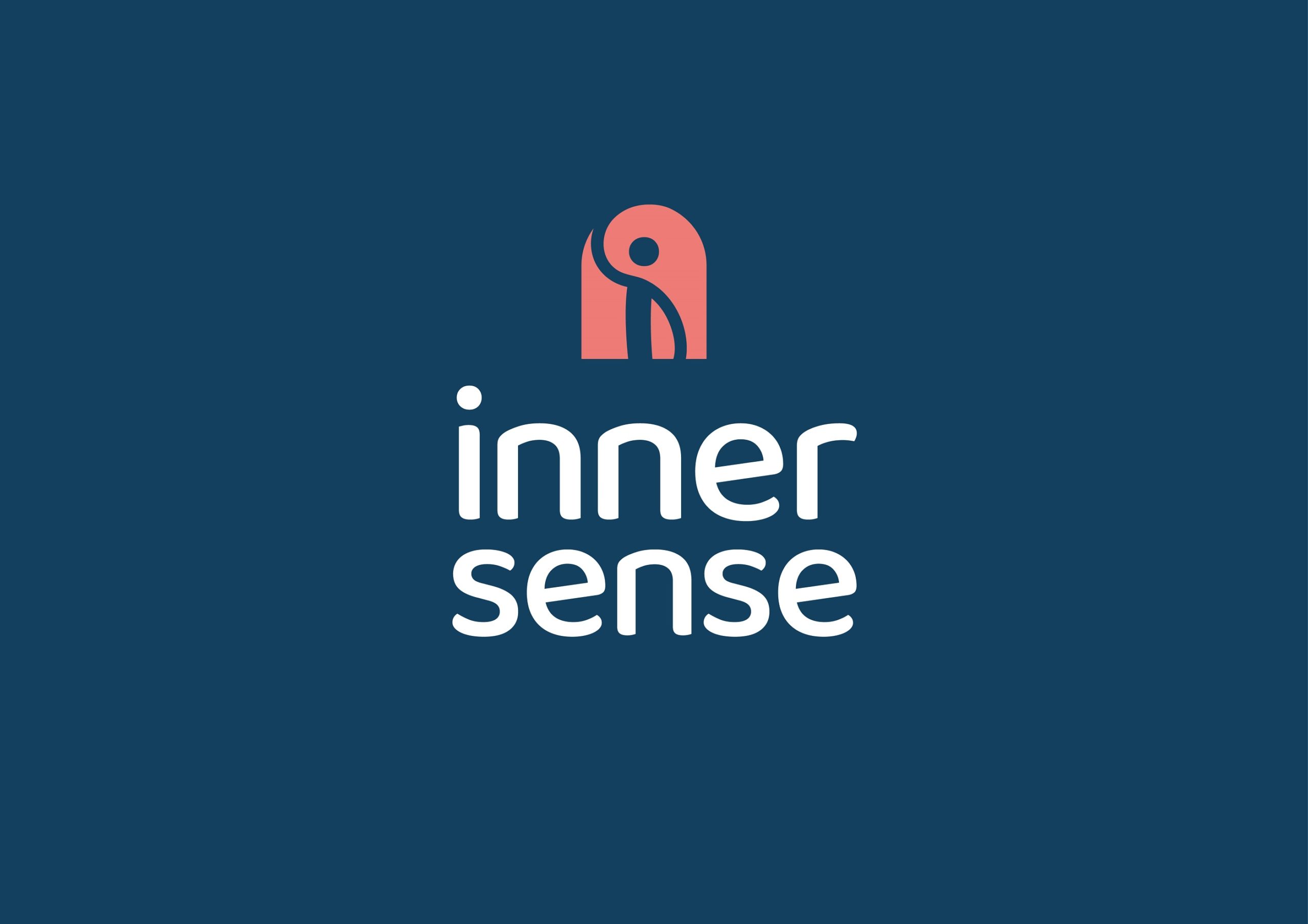Interoception, or internal body awareness, is a term used to describe our ability to sense changes as they occur in our bodies, including pinpointing where these feelings are coming from, for example the stomach, chest or arms. There’s growing evidence to suggest that increasing internal body awareness can help to reduce anxiety.
Anxiety
From pre-exam nerves to worrying about family problems, we’ve all felt anxious at some point in our lives. The familiar feelings in our bodies that accompany anxiety can be pretty unpleasant: your heart in your mouth, your stomach doing somersaults, your palms uncomfortably clammy. But anxiety is actually a perfectly normal response to everyday interactions with our world.
Why We Get Anxious
Anxiety is an emotion that occurs when our bodies react to stress. Changes take place in our nervous, hormonal and immune systems, manifesting as physical signals, like:
- Increased heart rate
- Fast, shallow breathing
- Dry mouth
This is part of what’s known as the stress response, when the body decides where best to direct its resources. So when we’re anxious, we’re primed to deal with a stressful situation. Anxiety in small doses can be really productive.1 We’ll study harder for that exam or rehearse our presentation.
However, sometimes it isn’t quite so helpful.
When Anxiety Can Become a Problem
For some of us, controlling anxiety can be very difficult. If we experience continued anxiety over a sustained time, this is called generalised anxiety disorder. It may be that the discomfort of anxiety gets interpreted as an additional danger signal and leads to a viscous cycle.2 It can really affect our quality of life and damage our health in other ways.
Can Interoception Treat Anxiety?
The evidence is limited, and widespread agreement has not yet been achieved; however, a handful of small studies indicate a direct causal link between training interoceptive awareness and the reduction in anxiety. 3 4 What is certainly true is that the ability to accurately sense changes to bodily processes such as heart rate is strongly associated with several health outcomes.5 67 Many therapies and mindful body awareness techniques also use interoceptive skills to help people reduce anxiety, pain and other types of discomfort.
I’ve got more than 20 years’ experience in human health and it’s my personal opinion that by understanding what’s going on inside us we’re better able to recognise the things that trigger our anxieties. Change won’t happen overnight, but over time this can help us to unlearn unhelpful habits and allow us to react with more pleasant feelings when before we may have felt anxious.
Improving Your Interoceptive Awareness
If you’d like to develop your interoceptive awareness, a basic body scan is a great place to start. Here’s a simple routine I use to help get me in tune with what’s going on inside by body:
- Take a couple of steadying breaths
- Bring your attention to your feet
- Ask how your feet feel in this moment
- Slowly scan up your body towards your head, identifying how each body part feels, one at a time
- Notice any differences to the left and right of your body
- Are there noticeable differences in warmth, weight, sense of fullness in different parts of your body?
- Can you sense your heart beating or your guts churning?
- As your lungs expand and contract, what parts of your body can you feel move gently with the rhythm of your breath?
Can Interoception Treat Anxiety? Find Out More
If you’d like to find out more about interoception check out our previous article on the topic. To stay up to date with my our new project on interception called, Inner Sense please sign up to our newsletter.
Sources and References
Photo by Frank Flores on Unsplash
- Juliane Strack et al, Must We Suffer to Succeed? When Anxiety Boosts Motivation and Performance Journal of Individual Differences (2017), 38, pp. 113-124. https://doi.org/10.1027/1614-0001/a000228
- Kolacz J, Kovacic KK, Porges SW. Traumatic stress and the autonomic brain-gut connection in development: Polyvagal Theory as an integrative framework for psychosocial and gastrointestinal pathology. Dev Psychobiol. 2019 Jul;61(5):796-809. doi: 10.1002/dev.21852. Epub 2019 Apr 5. PMID: 30953358.
- Bornemann B, Singer T. Taking time to feel our body: Steady increases in heartbeat perception accuracy and decreases in alexithymia over 9 months of contemplative mental training. Psychophysiology. 2017 Mar;54(3):469-482. doi: 10.1111/psyp.12790. Epub 2016 Dec 7. PMID: 27925645.
- https://www.bsms.ac.uk/_pdf/research/autism-symposium/sarah-garfinkel-interoceptions-and-anxiety.pdf
- Todd, J., Aspell, J. E., Barron, D. & Swami, V., 2019. Multiple dimensions of interoceptive awareness are associated with facets of body image in British adults. Body Image, 29, pp.6-16.
- Avery, J. A., Drevets, W. C., Moseman, S. E., Bodurka, J., Barcalow, J. C., & Simmons, W. K. (2014). Major depressive disorder is associated with abnormal interoceptive activity and functional connectivity in the insula. Biological psychiatry, 76(3), 258-266.
- Sugawara A, Terasawa Y, Katsunuma R, Sekiguchi A. Effects of interoceptive training on decision making, anxiety, and somatic symptoms. Biopsychosoc Med. 2020 Mar 17;14:7. doi: 10.1186/s13030-020-00179-7. PMID: 32206084; PMCID: PMC7079488



